What happens to a city’s traditional foundations of service delivery when it expands boundaries and enhances its infrastructure? Does the city still concern itself with the maintenance of the supply structures that were once essential for the city? The case of the disappearing wells and polluted lakes in the south Indian megalopolis of Bengaluru gives us some interesting answers to these questions.
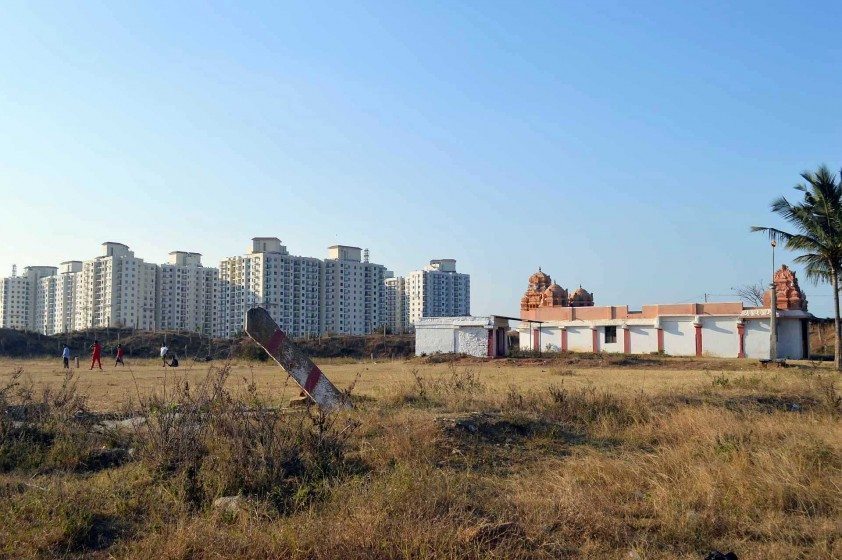
Earlier this week, we wrote a series of articles in a leading Indian newspaper about the importance of lakes and wells for urban social-ecological resilience in Bengaluru. One article described the disappearance of the thousands of private and public wells that once provided Bengaluru with water. In this piece, we called for a city-wide concerted effort to revive existing open wells, increasing the water security of the city.
As has become common, we received a number of comments on social networking sites. One particularly telling response revealed a viewpoint in stark contrast to ours: perhaps one held by several in the city. A friend commented that she’s glad to see wells disappearing because big open wells posed a danger to inquisitive children. While this is an acknowledged danger—and there are ways to work around this—the comment exemplified the mind-set of an urban population that has become reliant on piped water supply. The availability of piped water 24/7 often leads to the perception of traditional water storage, supply, and recharge structures, such as open wells, as useless, a waste of space that could be more usefully utilized for construction, or even as an environmental and physical hazard.
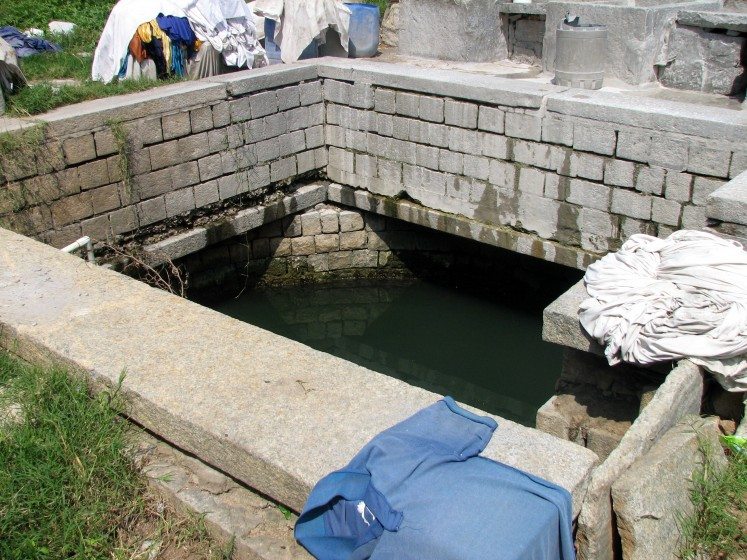
Both of us live in upmarket urban neighbourhoods where piped water supply is available, but with intermittent supply. When water is supplied, houses across Bengaluru proceed with filling up household water storage tanks. When water does not come for a few days, the city depends on water tankers filled by borewells that are depleting the city’s ground water table at an alarming rate. Yet while most will complain bitterly when piped water is not provided for a few days in a row, rarely do people spare a thought to consider where the water comes from, from whom water has been taken to provide the city with water, and whether it is sustainable to depend upon piped water from distant sources, or whether alternative arrangements for enhanced water security have to be made. What happens to a city’s innate resilience when basic supplies such as water are brought into it from great distances—in this case, from a river over a hundred kilometres away? Which brings us to our original question: are old and once essential traditional supply mechanisms still maintained? Or, like its residents, does the city ignore its past and disregard those very structures that could guarantee its water resilience?
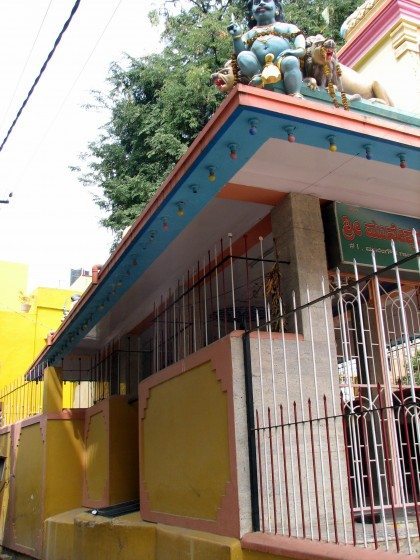
The modern day city of Bengaluru is built on the foundations of the medieval sixteenth century city founded by a local war chieftain, Kempe Gowda. Water supply in Bengaluru was always uncertain, with the city located in the rain shadow of the Deccan Hills. To provide the city with water, an intricate system of networked lakes was created in local topographic depressions. These lakes stored water, and replenished the shallow ground water table, functioning in association with smaller reservoirs called kalyanis, and with numerous open wells distributed across the landscape. Surface water was retained by the lakes, while recharge was performed by the wells.
The use of open wells as a source of water goes back much earlier than the sixteenth century; in fact, it goes all the way back to the dawn of civilization in India. Wells have been found in almost every site belonging to the Indus Valley Civilization, attesting to their persistence as well as their social importance.
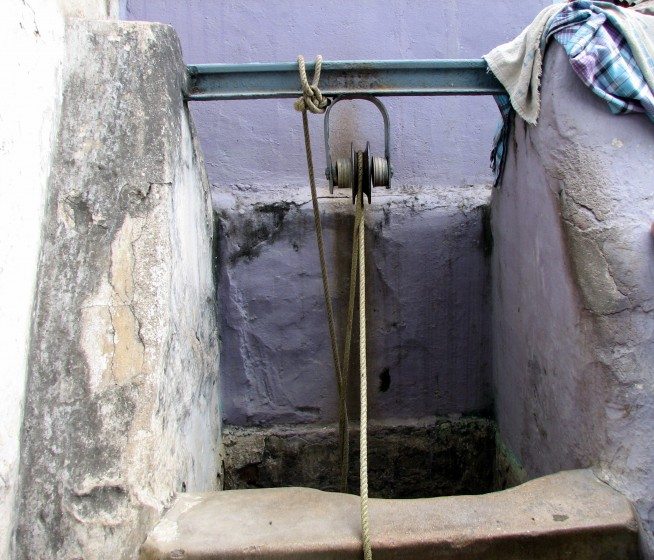
One of the oldest forts in Bengaluru is the mud fort of Begur. The fort lies within a larger temple complex, where an inscription from the 9th century AD provides the first mention of the word Bengaluru. This fort, with its mud embankments, encloses a large open ground with a small temple. Behind the fort, an array of high rise apartments can be observed. Within this open ground, where inscriptions record stories of battles fought, lands recaptured, and tales of martyrs and saints, is a magnificent open well: a strong reminder that the availability of water can make or break a civilization. Embedded at ground level, disused, and with stone steps leading to the bottom and stone walls lining it, the inside of the well is dark. Yet, when we knelt down and peered into the well, we could still see the glimmer of water deep within.
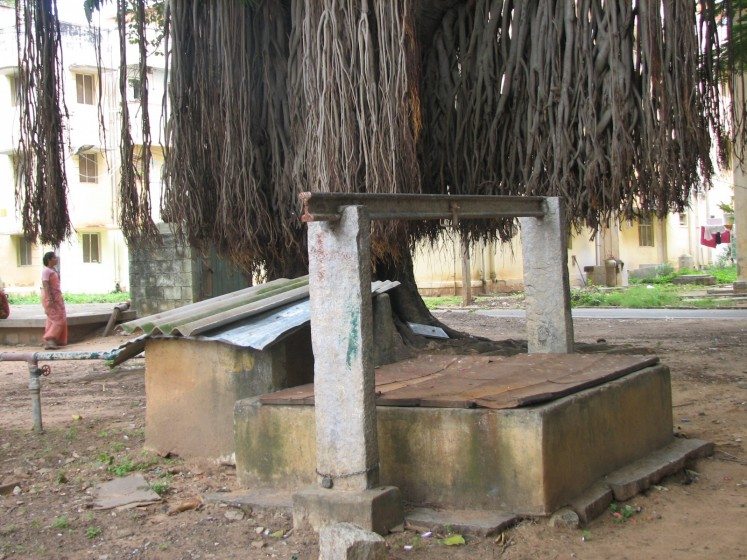
We don’t know much about this well—perhaps its waters were drawn to worship and bathe the idol in the temple nearby; possibly laughing women with flowers in their hair whose anklets chimed in time to their footsteps came here to draw water for their households; or the well may have provided water to the weary soldier, trudging into his home after a long day of battle. Yet, there it stands, surrounded by a changing world with apartments in the background replacing agricultural fields and battlegrounds, still a reservoir of groundwater.
Each well of the city has its own story to tell—of a king who built the well for his people, of a well whose waters never went dry, of a well that was an indispensable resource for the poor, and of the thought and pride that went into its construction. While many people who live around the wells have recently migrated to the city, other elderly residents freely share the stories of these water reservoirs, speaking of them with pride, affection, and nostalgia.
Other information about the location and maintenance of wells in the past comes from maps and archives from the colonial period—crumbling, dusty, yellowing files with elegant, curved penmanship. These documents are evidence of the importance of wells to the social and environmental life of the past. There were different kinds of wells—public wells on roadsides, wells used for livestock living in the courtyards of houses, private wells within homes used to provide drinking water, wells inside temples used for worship, and wells belonging to specific communities like the washer folk (dhobhies) who used it for laundering. The links between lakes and wells were well recognized; some lakes were specifically retained without use, for recharging the open wells in their vicinity.

As early as 1865, contaminated wells were recognized to be a source of major epidemics of the time such as cholera, typhoid, and malaria. Steps were taken—not to destroy the wells as is wont in today’s world—but to remove the sources of contamination. The creation of a new position of a Water Inspector, whose job it was to monitor the two thousand or wells in the city, helped to keep the wells clean. Wells were stocked with larvicidal fish to prevent malarial outbreaks, and monthly reports were provided on the condition of wells in the city. When Bengaluru experienced a severe drought in 1891, it was to the wells that people turned to meet their water requirements. During periods of intense drought, such as that experienced by the city in 1905, agriculture was halted to restock wells with water, compensating the affected farmers.
Yet, for all their importance, wells also came with their fair share of problems. Perhaps the most disturbing accounts from the archives are those that describe a time when, in the throes of an epidemic of plague, the city grappled with corpses of affected individuals by throwing them into wells. It must have been quite a harrowing experience for municipal authorities who had to maintain the wells and prevent their contamination in such situations.
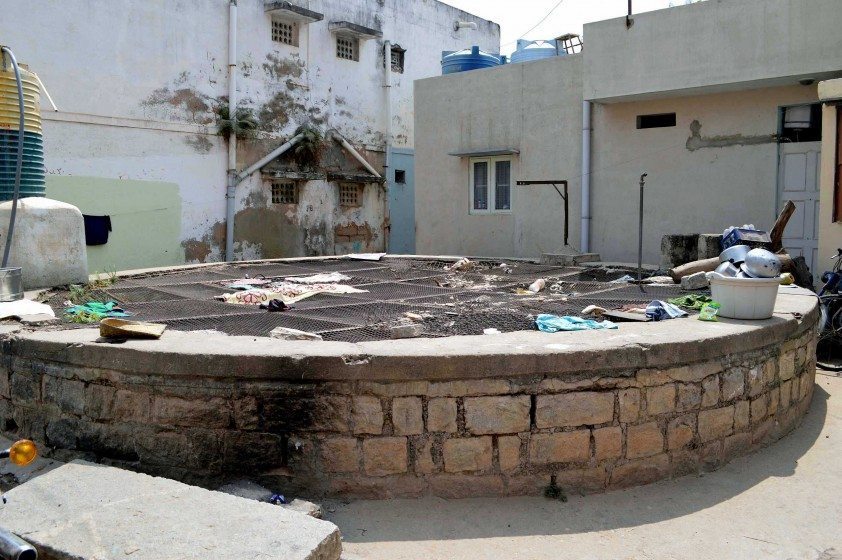
Wells often stood in the way of sewage channels and became contaminated with their contents. This, too, had to be taken care of. Sir Ronald Ross, the Nobel Laureate who was an officer on special sanitary duty in Bangalore during the cholera outbreaks in 1895, traced the transmission of cholera to wells contaminated with sewage and refuse which percolated through the soil, from which water was drawn for cooking and drinking. He coordinated a program to map all the public wells in the city, and to have them disinfected, or closed down in irreparable cases.
By 1898, lakes and wells ceased to be an important source of water in the city following the construction of reservoirs outside, with piped water supply to urban homes. For a few decades, despite the provision of water from distant rivers, the wells of Bengaluru continued to be maintained and used as important water sources. While many of the city’s lakes were converted for other forms of land use such as sports stadiums and malls, wells were valuable supplements of water for local residents and communities.
Over time, with the decline of the dependence of the city on its lakes, the use of kalyanis and wells also decreased. In the past couple of decades, there has been a steady loss in the number of functional open wells in the city. Using old maps from the 1880s, we find that there were about 1500 mapped wells (presumably public wells) in the old native city and cantonment; by 2014, that number had gone down to a handful: 49. Over time, some of these structures have become decrepit ruins that led to some fatalities, mostly of children who fell into them.
Yet, wells continue to be used by some communities. The dhobhies have never really given up their dependency on wells. Some of the best-maintained wells in the city are those that are used by dhobies. In many low-income areas, wells provide water security in conditions where the municipal water supply is erratic or contaminated. Other wells that are preserved are centuries old wells within temple complexes, used for worship and domestic consumption. Some wells that have been preserved within the homes of people are used both to recharge groundwater and as an alternate source of water to these families.
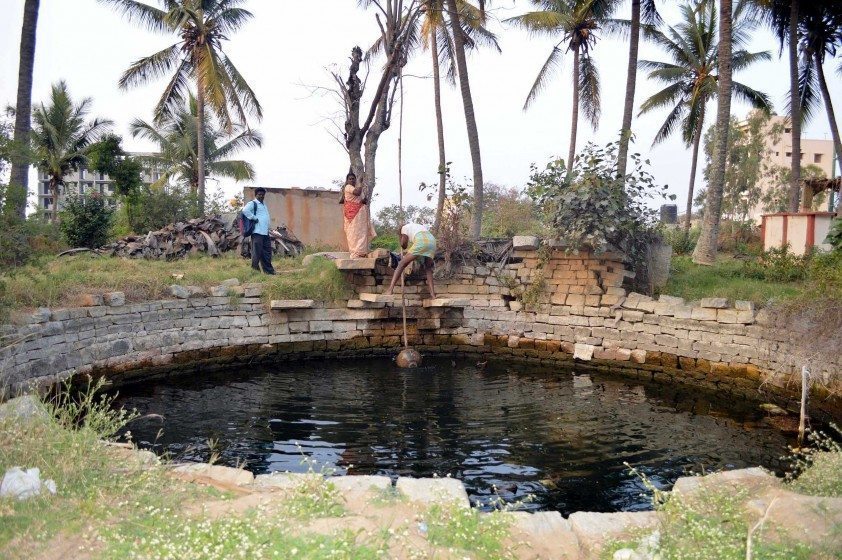
Many of the old wells in the city are a visual delight. Ornate stone structures, some have lovely spiralling stone steps right down to the bottom. One open well hosts another well within its depths, while several bear beautifully crafted pulleys. Some wells retain the form and structure of the wells of old—a simple fulcrum stem, a base stem, and a drawing rod taking the place of the pulley, with specially handcrafted buckets. Other wells also exist, their structures intact, the glimmer of water captured in sunlight, despite their state of disuse. They provide hope for the city, if only they could be revived and utilized.
The advent of piped water supply did reduce the perceived necessity for wells and lakes: but why, then, do some wells persist? Our field studies clearly indicate that wells have survived only where people see a value for the water they provide. Contamination with sewage, lowering of the water table, and a lack of access to wells are factors that lead to the disuse of many wells now.
For a city to be resilient, it has to harness its innate resources to withstand change. Bengaluru is an example of a city that has provided infrastructure for its residents from afar, while neglecting to build capacity within itself. As a result, Bengaluru has wells that could and do hold water, but they also hold a whole lot of other things: leaf litter, plastic wastes, flower garlands, dead animals, and other garbage. Some magnificent wells are hemmed in on all four sides, so that the only way one can get to them is by climbing onto nearby residents’ rooftops. But once one climbs up, on a lucky sunny day, one could be greeted with a magnificent view of an old stone well with spiralling steps, through which the sparkle of water is still visible.
Structures such as these provide hope—that someday, this sparkle of clear water may be recognized for what it is—the strength and resilience of the city against adversity. The communities of dhobies, temple priests and other groups who still maintain their wells, and use them with reverence and pride, instil hope that more of these structures may be revived (and many of them can with little effort) and used. Then, just maybe, we can progress further down a path of cultivating an ecologically smart, resilient urban scape in water-hungry cities. Such a path is not only relevant for Bengaluru: it holds importance for cities across the world that are facing problems of water shortage, from California to Sao Paulo.
Hita Unnikrishnan and Harini Nagendra
Bangalore
about the writer
Harini Nagendra
Harini Nagendra is a Professor of Sustainability at Azim Premji University, Bangalore, India. She uses social and ecological approaches to examine the factors shaping the sustainability of forests and cities in the south Asian context. Her books include “Cities and Canopies: Trees of Indian Cities” and “Shades of Blue: Connecting the Drops in India’s Cities” (Penguin India, 2023) (with Seema Mundoli), and “The Bangalore Detectives Club” historical mystery series set in 1920s colonial India.


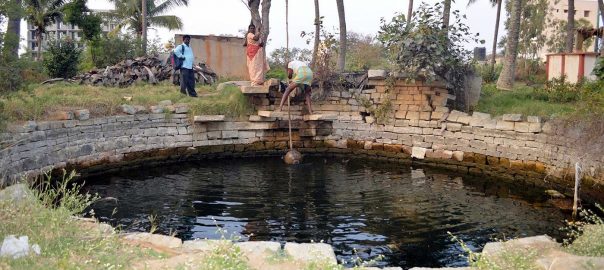
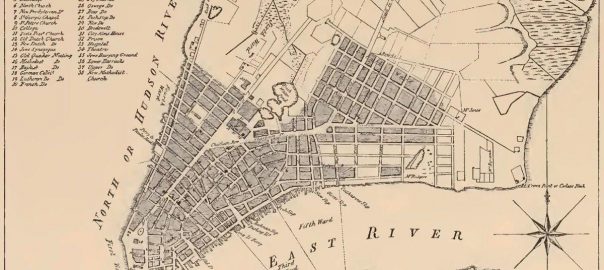

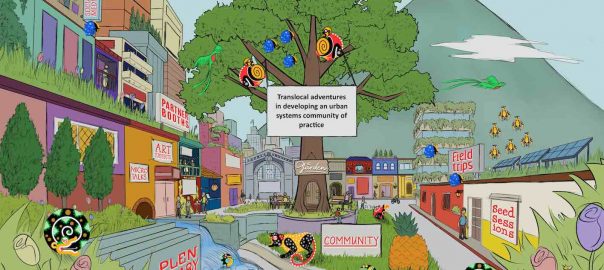
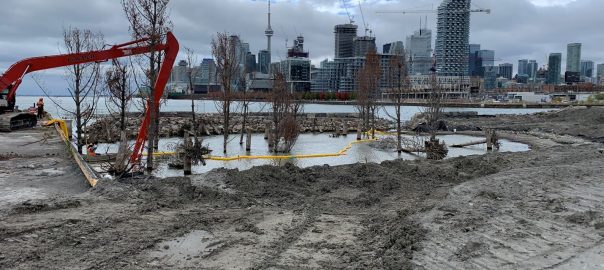
Leave a Reply